
Industry faces green standards challenge
According to Ms. Nguyen Thi Lam Giang - Department of Innovation, Green Transformation and Industrial Promotion ( Ministry of Industry and Trade ), 2025 is forecasted to continue to have many fluctuations, so Vietnam needs to promote public investment disbursement, promote production - export, improve the business environment and enhance competitiveness. To achieve sustainable growth, the transition to a green industrial model is an inevitable requirement, requiring businesses to innovate technology, apply cleaner production and move towards a circular economy.
The importance of this issue has been demonstrated in practice. In September and October alone, Hanoi recorded three historic rainstorms, a phenomenon that, according to hydrometeorology, only occurs once every few decades. Such climate change has a particular impact on industry and production activities. Since the late 1980s, the world has deployed a series of instruments such as the IPCC, the Kyoto Protocol and the 2015 Paris Agreement, in which Vietnam committed to achieving net zero emissions by 2050.
To realize its commitment, Vietnam has built a legal and policy framework with the 2020 Law on Environmental Protection, which for the first time has a separate chapter on climate change response, Decree 06/2022 (supplemented by Decree 119/2025) on inventory, allocation of emission quotas and domestic carbon credit exchange. According to Decision 13/2024/QD-TTg, more than 2,100 enterprises are required to inventory greenhouse gases, of which the Industry and Trade sector accounts for 83% of the total number of emission facilities. Accordingly, enterprises with emissions of over 3,000 tons of CO₂/year or energy consumption of 1,000 tons of oil equivalent/year or more must conduct inventory, report and develop a roadmap for emission reduction. Greenhouse gas inventory is no longer an option but a mandatory requirement. This is the first step for businesses to move towards carbon governance, meeting green standards in international trade.
In that context, emission reduction is not only a legal obligation but also a driving force for sustainable development. Enterprises that proactively apply clean technology, save energy and participate in the carbon market will overcome green barriers, improve competitiveness and build a green and sustainable national brand.
Perfecting the mechanism, promoting green industry
The green transition in Vietnam is being strongly promoted, but there are still many barriers in terms of policy, finance, technology and human resources. According to Ms. Phan Thi Thanh Xuan - Vice President, General Secretary of the Vietnam Leather, Footwear and Handbag Association, the leather and footwear industry is gradually greening production to meet environmental standards. Many businesses have invested in recycled materials, solar energy and circulating wastewater treatment systems to reduce emissions and save resources.
From his model, Mr. Hoang Manh Cuong, Deputy General Director of Bao Minh Industrial Park Infrastructure Investment Joint Stock Company, said that this industrial park has converted 100% of boilers from coal to biomass, reused 22% of wastewater and installed a 23.8 MWh solar power system, helping to reduce more than 170,000 tons of CO₂ per year. Mr. Hoang Manh Cuong proposed to develop a separate Decree on green industrial parks with clear criteria on water reuse, renewable energy, green tree ratio, industrial symbiosis... At the same time, develop a set of ESG (environment - society - governance) indexes for industrial parks including water reuse rate, CO₂ emissions, renewable energy, green tree coverage, ESG score. Industrial parks that achieve high levels will be ranked nationally, enjoy tax incentives, land and investment promotion...
Meanwhile, Ms. Nguyen Thi Minh Thuy, Senior Manager of the Textile and Manufacturing Program of IDH Vietnam, proposed to soon issue a set of eco-design criteria specifically for the textile and garment industry, in line with international standards. She recommended adding guidelines for implementing Extended Producer Responsibility (EPR) for small and medium-sized enterprises, along with green credit mechanisms, tax and land incentives for energy-saving projects, water circulation, and by-product recycling. In addition, it is necessary to train green human resources in the environment, eco-design and greenhouse gas inventory.
Ms. Tran Thu Hang, Head of the Energy Efficiency and Green Transformation Department (Agency for Innovation, Green Transformation and Industrial Promotion) said that to support green industry, the Ministry of Industry and Trade has identified the completion of the legal system and technical standards on green production as a key task. Along with that is a program to support businesses in technological innovation, encourage circular economic models, and efficient use of resources and energy.
According to Ms. Tran Thu Hang, to implement greening industry, it is necessary to first complete the national legal policy framework, as a basis for ministries, branches, localities and enterprises to proactively implement sustainable development programs and models. In addition, it is necessary to apply science and technology, develop green human resources, expand international cooperation and raise public awareness. In the development of green industry, financial resources and facilities play a key role, while decentralization, delegation of authority and international cooperation help attract investment, experience and quickly deploy new technologies.
The synchronous implementation of the above solutions is expected to help Vietnam's industry achieve green growth goals, reduce greenhouse gas emissions and improve its position in the national sustainable development process.
Source: https://hanoimoi.vn/cong-nghiep-xanh-huong-di-tat-yeu-cua-tuong-lai-723354.html



![[Photo] Unique architecture of the deepest metro station in France](https://vphoto.vietnam.vn/thumb/1200x675/vietnam/resource/IMAGE/2025/11/14/1763107592365_ga-sau-nhat-nuoc-phap-duy-1-6403-jpg.webp)


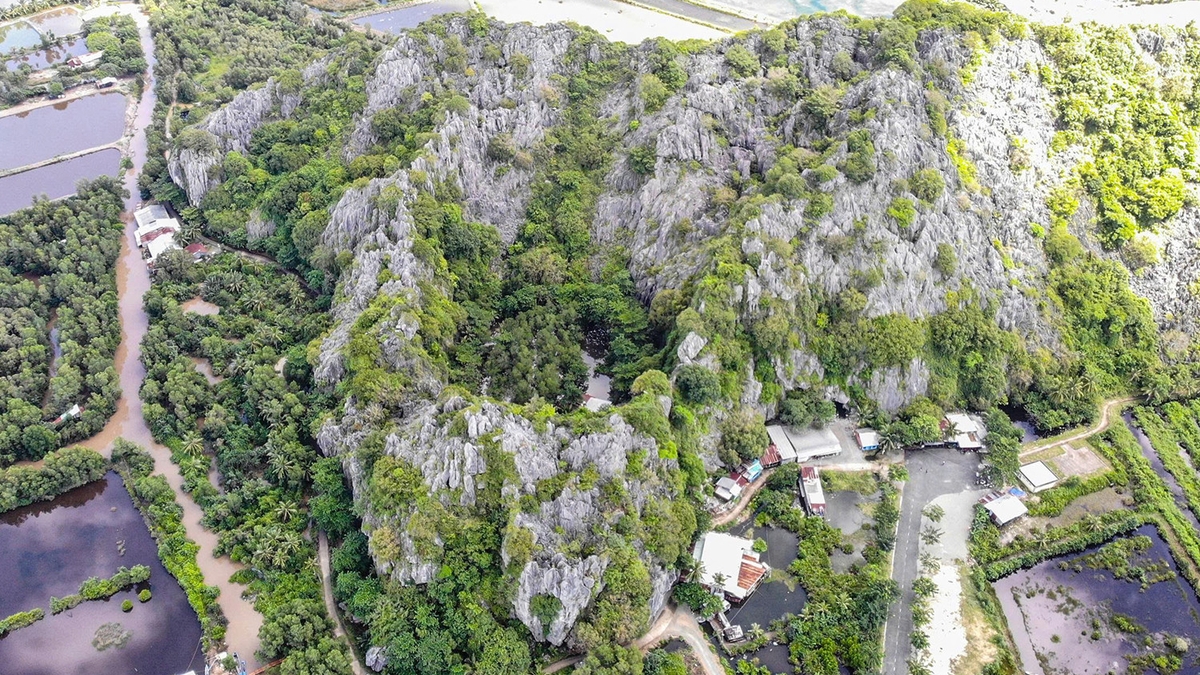





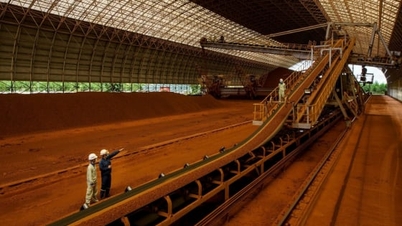


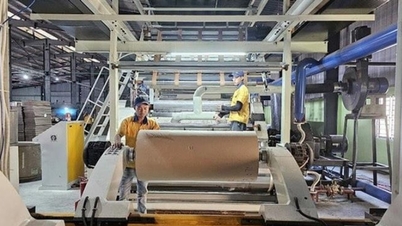
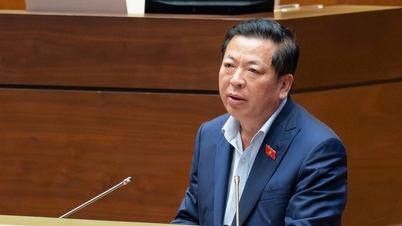






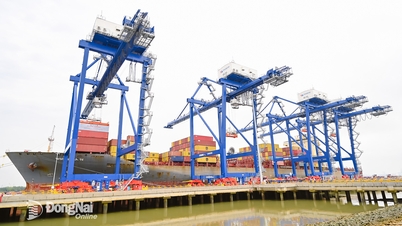

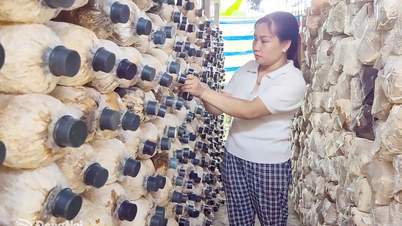







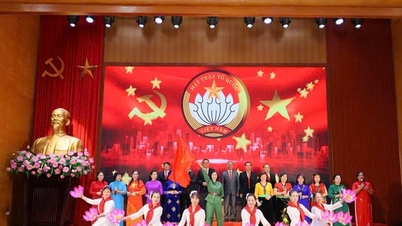

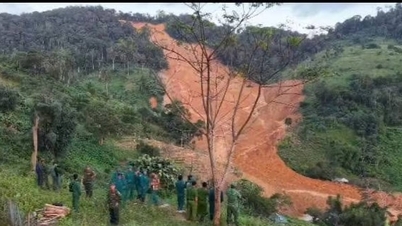
![[Photo] Special class in Tra Linh](https://vphoto.vietnam.vn/thumb/1200x675/vietnam/resource/IMAGE/2025/11/14/1763078485441_ndo_br_lop-hoc-7-jpg.webp)
![[Photo] Unique art of painting Tuong masks](https://vphoto.vietnam.vn/thumb/1200x675/vietnam/resource/IMAGE/2025/11/14/1763094089301_ndo_br_1-jpg.webp)









































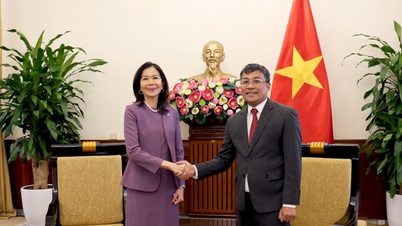


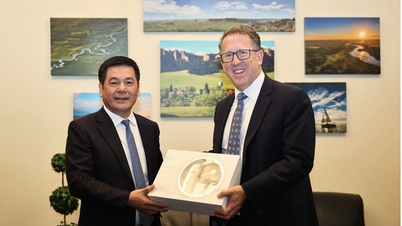

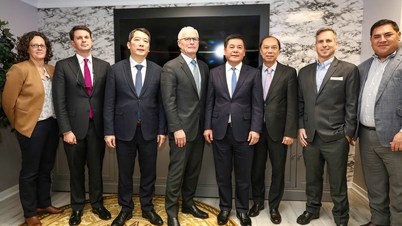


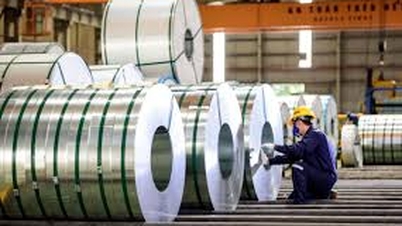

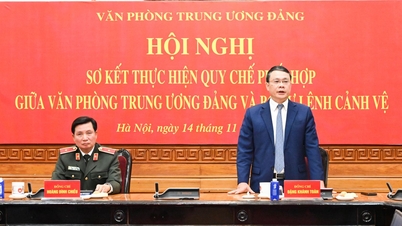





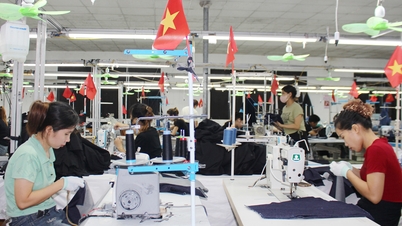












Comment (0)